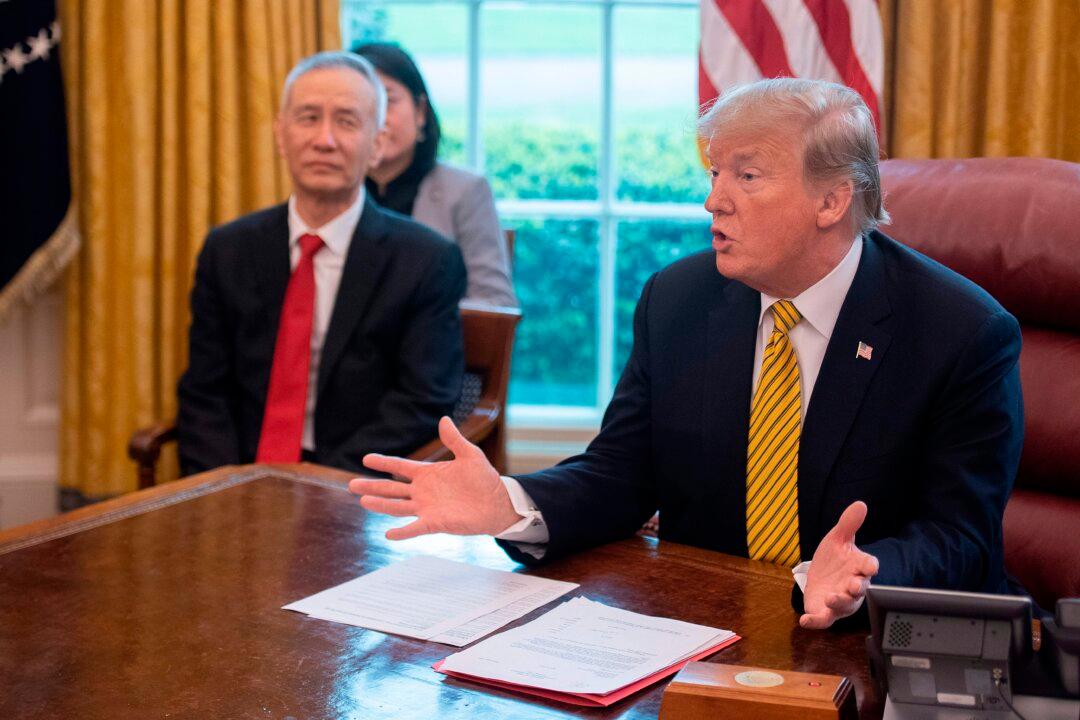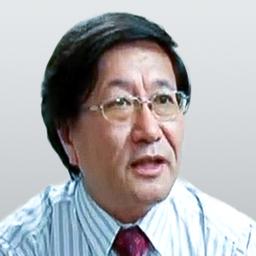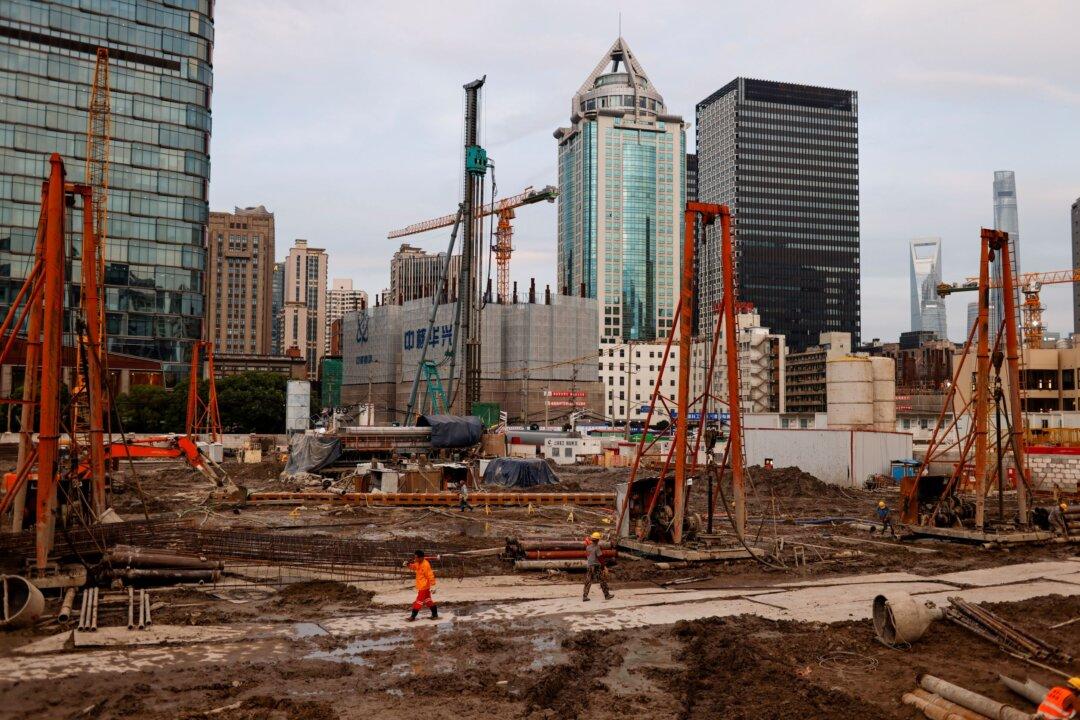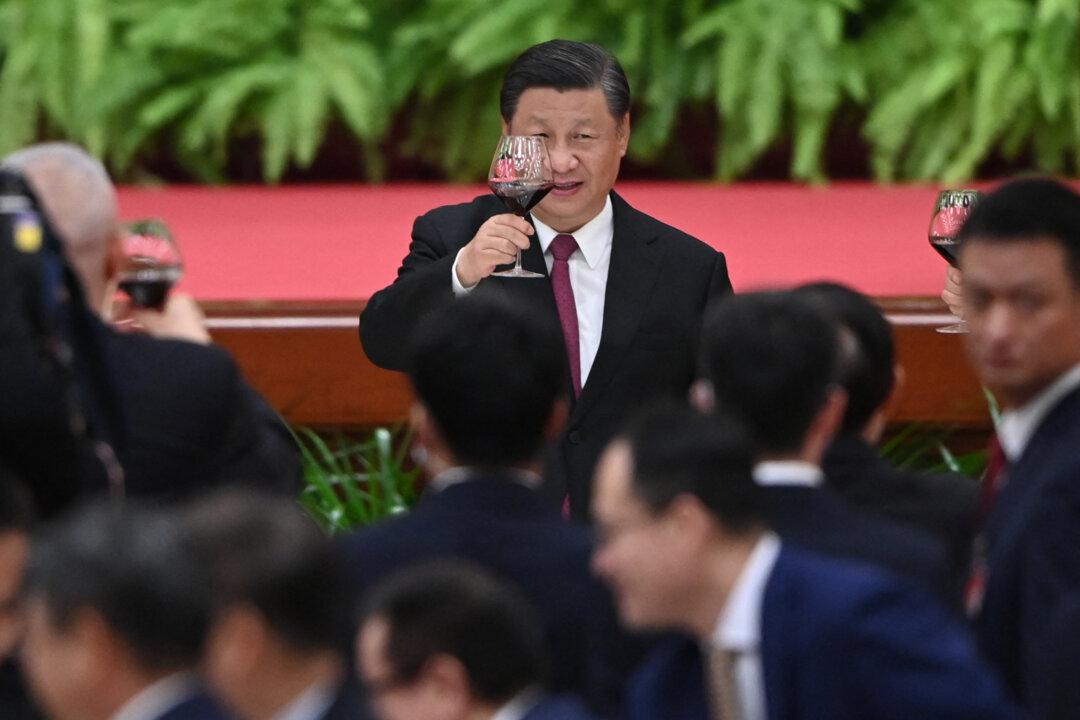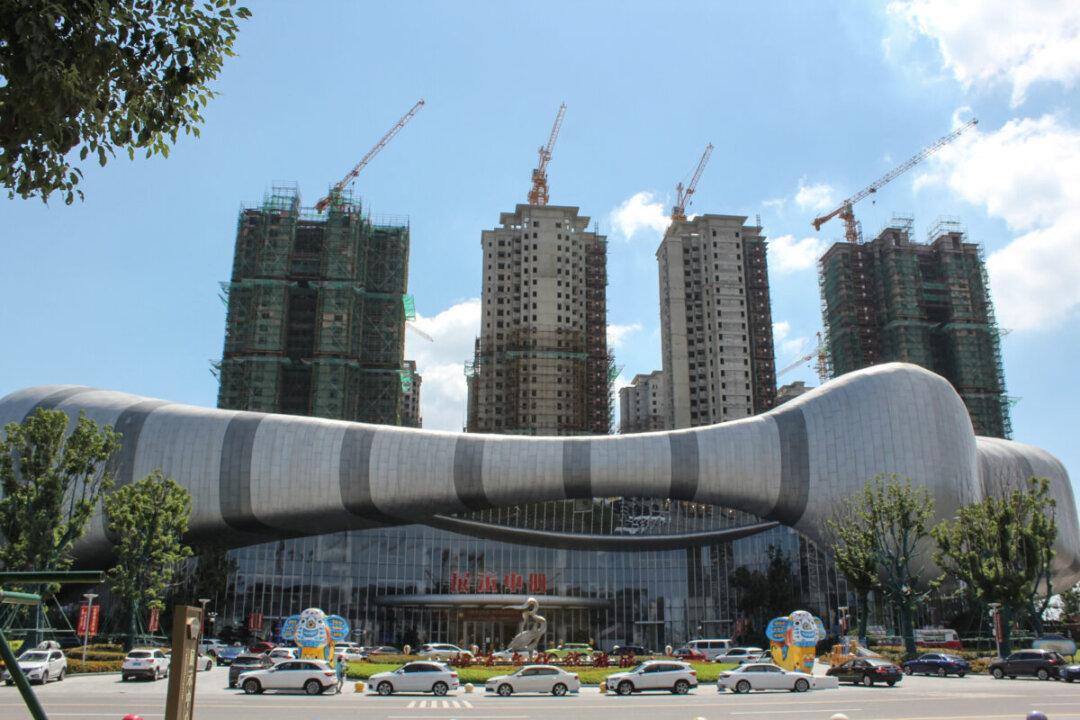Targeting the American Economy
According to Duowei News, an overseas Chinese-language media with ties to Beijing, the Chinese Ministry of Finance announced Aug. 23 that it would impose tariffs on $75 billion worth of U.S. imports, to be implemented starting Sept. 1 and Dec. 15 respectively, and would resume import tariffs on U.S. auto parts that had been previously paused last December. Subsequently, starting in September, additional tariffs on U.S. soybeans would reach 30 percent, tariffs on seafood, fruit, and meat will rise to 35 percent; starting mid-December, U.S. grain and vehicles will also incur additional tariffs of 35 percent, which is the first time that Beijing has gone after American crude oil. A few hours later, Trump announced on Twitter that on Oct. 1, the United States would raise the existing tariffs on $250 billion of Chinese goods from 25 to 30 percent. At the same time, effective Sept. 1, tariffs on the other $300 billion of Chinese imports would rise from 10 to 15 percent.From the above reports from the CCP’s mouthpieces, it’s clear that this time it is Beijing that has taken the initiative in adding tariffs on U.S. goods, and it is Trump who is on the defense. The CCP’s overseas media also admitted that in this sequence, Trump is counterattacking; in other words, Beijing is the aggressor. However, some overseas media reversed the chronological order of the events, thus misleading the audience into believing that the United States first added tariffs, and that the CCP reacted out of necessity. Therefore, it is crucial that the facts are clarified, but more importantly, since it is the Party that made the first move, it is necessary to analyze its motives and goals in depth. Moreover, the CCP’s move has caused a reversal in Sino–U.S. relations of the past decades, making an in-depth analysis of the origin and background of the event even more relevant.
